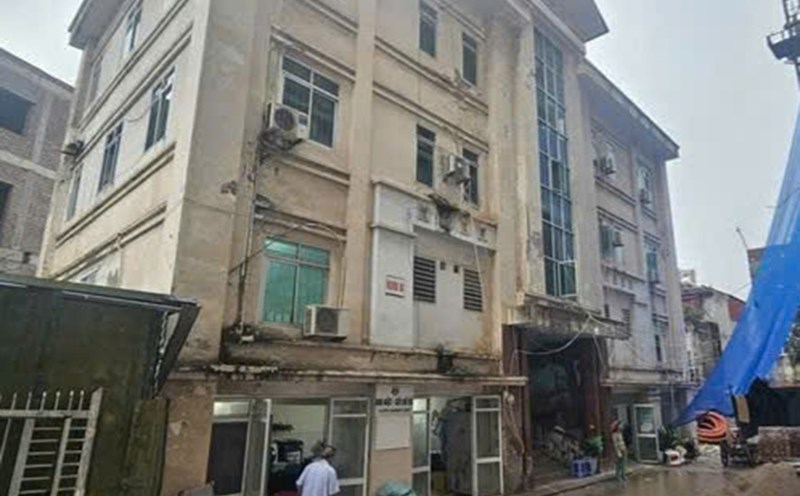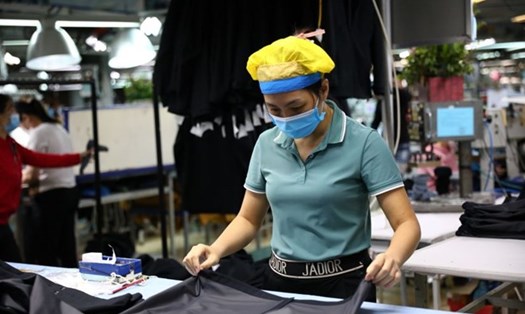In the proposal to develop the Law on Key Industries, the Ministry of Industry and Trade assessed: “Currently, the localization rate of textile and garment enterprises is only about 40-45%. Fabrics used for the industry depend mainly on imports. Vietnam's textile and garment industry currently has an output of about 2.3 billion m²/year, meeting only about 25% of domestic market demand.
The biggest reason for the underdevelopment of the textile and garment supporting industry is that Vietnam’s cotton, yarn and dyeing industries have not yet met the needs of the domestic fabric industry. Therefore, domestic textile and garment enterprises still have to import fabrics to produce garments.
In particular, the main bottleneck for the textile and garment industry is that fabric dyeing technology as well as environmental treatment for the development of the textile and dyeing industry have not received due attention. This has limited businesses from investing in textile production and creative startups in the field of fashion design. Therefore, the Vietnamese textile and garment industry has mainly stopped at the sewing processing stage, and the domestic value-added content for textile and garment products is still very low.
To solve this problem, the Ministry of Industry and Trade has just proposed to build a Center for production, storage and trading of raw materials for the textile and footwear industry. This center is expected to start operating in 2025 and be located in a strategic location to optimize the domestic supply chain, reducing dependence on imported sources.
The center's goal is not only to provide raw materials, support businesses in tracing the origin of materials, ensuring that all production activities are transparent and meet international standards, but also to enhance Vietnam's competitiveness in the international arena.
Vitas's report said that from a textile industry that mainly served domestic consumption needs, with export turnover very small compared to Thailand, Indonesia, the Philippines... to now, Vietnam has risen to the position of the third largest exporting power in the world, after China and Bangladesh.
The trade surplus in 2024 will reach 19 billion USD. With a workforce of over 3 million people, the textile and garment industry is the largest employer in the country's economic sectors, contributing significantly to job creation, ensuring income for workers, maintaining social order and safety, increasing budget revenue for the State and localities, and shifting economic structure.
In response to the digitalization and greening requirements of the Vietnamese textile and garment industry, Ms. Pham Thi Thanh Tam - Chairwoman of the Vietnam Textile and Garment Trade Union - said: "In addition to building and implementing support policies, one of the things that needs to be done is to encourage creativity and innovation in the industry.
The government should create a mechanism for businesses to access financial support packages for investment in new technology, including preferential loans, subsidies or tax exemptions. Establish a technology innovation fund to support innovation projects. Provide consulting and technology assessment services to help businesses identify and select new technologies that suit their needs and capabilities. At the same time, encourage businesses to successfully apply new technologies, creating motivation and opportunities for initiatives.
In this way, textile and garment enterprises can create an environment where employees feel motivated, supported and have the opportunity to express their creativity. Thereby, improving the ability to adapt to new technology, improving production efficiency, product quality and competitiveness in the market, contributing to the implementation of greening and digitalization requirements in the industry, creating sustainable development."











